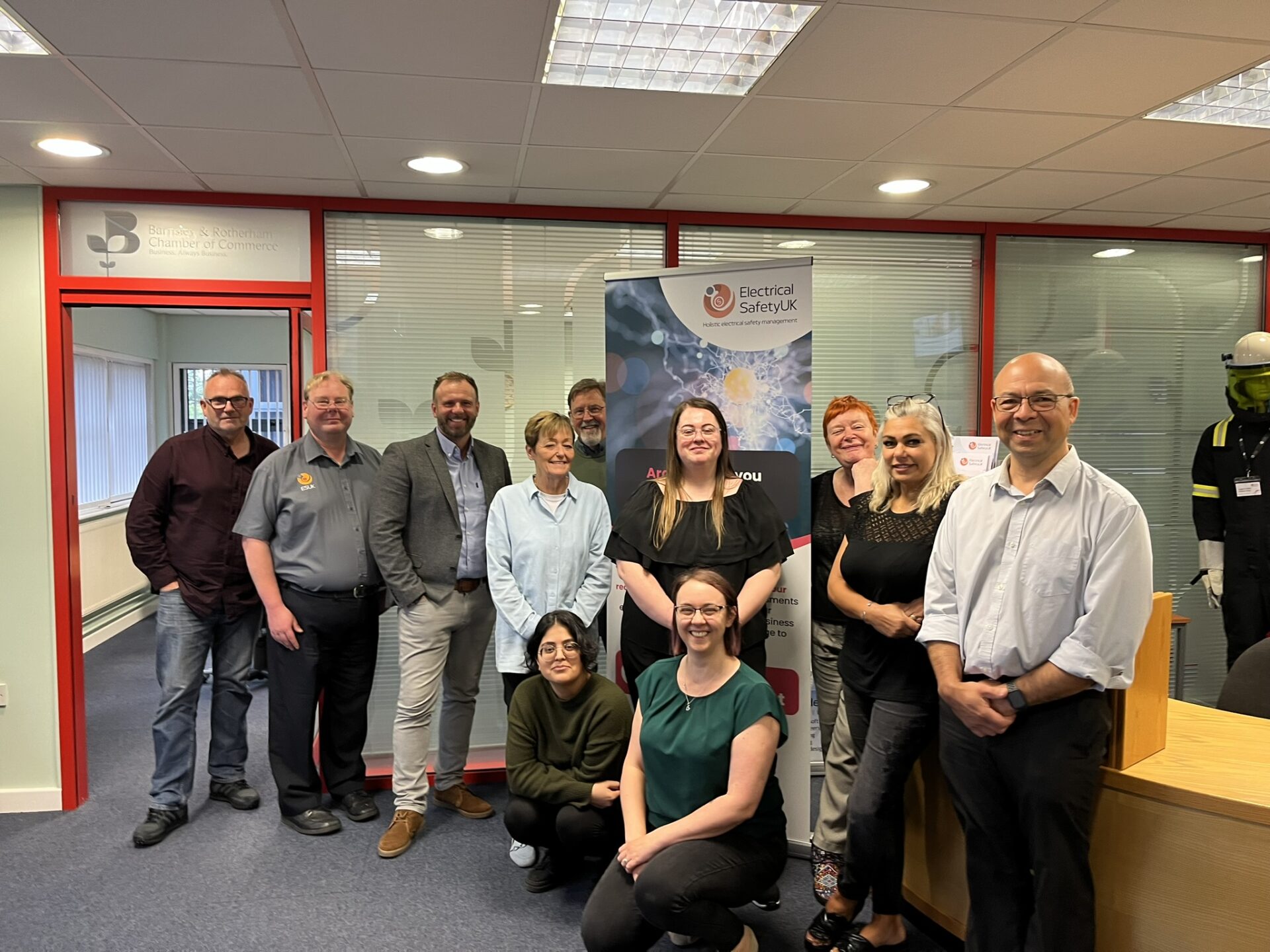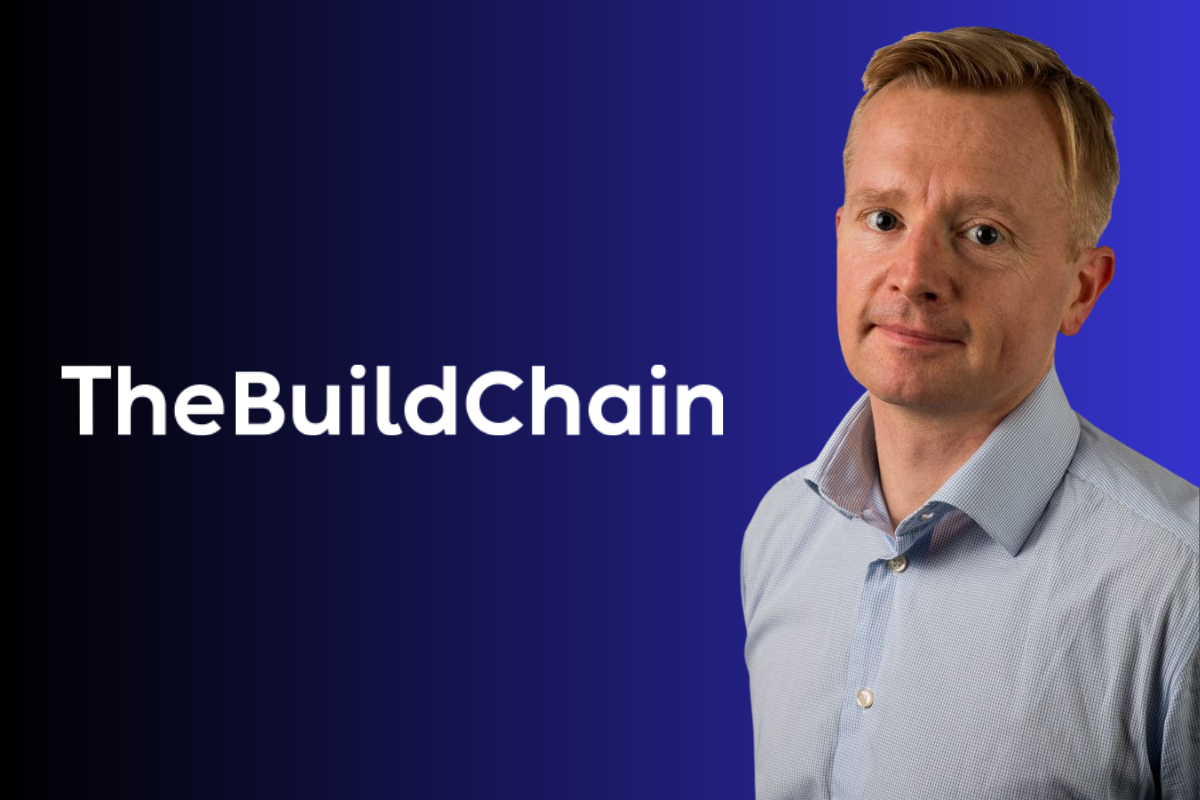End-of-life software: The cyber security threat you can control
End-of-life (EOL) marks the point when a vendor discontinues support for a product, such as software or hardware. This typically includes the end of all technical support, updates, patches, and upgrades. In a fast-paced technological landscape, it’s understandable that vendors can’t offer indefinite support, leading them to set final support dates.
Using software beyond its EOL date can expose your business to serious cyber security threats
What recent Microsoft products are reaching end-of-life?
Recently, several major Microsoft products have reached or will soon reach their EOL or extended support end dates:
- Windows 7: Extended support ended on January 14th, 2020, and Extended Security Updates (ESUs) concluded on January 10th, 2023.
- Windows 8.1: Support ended on January 10th, 2023, with no Extended Security Update (ESU) program offered.
- Windows Server 2012 & Windows Server 2012 R2: EOL was on October 9th, 2018, and its extended support will end on October 10th, 2023, with an option for ESUs at increasing costs. After this date, no further support will be available.
What are the risks to running EOL software?
If your business relies on unsupported systems, its crucial to understand the associated risks:
- Increased cyber security risks: EOL software no longer receives security patches, making it an attractive target for cyber criminals. This can lead to data breaches and other security incidents.
- Legal and regulatory issues: Running EOL software can result in legal action and fines, especially concerning regulations like GDPR, which require businesses to assess and mitigate risks related to personal data.
- Poor performance and usability: EOL products tend to suffer from decreased performance and usability over time. As new standards emerge in the fast-developing world of IT, old standards soon become obsolete. This impacts operating costs, requiring more IT support and leading to downtime.
- Costly operations: While upgrading or replacing software comes with a cost, maintaining legacy systems can be even more expensive and unreliable in the long run.
- Unreliable system: By using a EOL system, you are depending on an unreliable system, as EOL software is prone to more failures and could cause catastrophic failure, disrupting your entire business.
How we can help
To identify EOL software, consult your vendor or your managed IT support provider. At Central Technology, we offer a Cyber Security Review to pinpoint vulnerabilities like EOL systems and recommend solutions. We can assist businesses through EOL transitions, providing tailored recommendations based on your budget and goals.
Whether you are still on Windows 7, 8.1, or Server 2012, we can help you plan a seamless upgrade path. Contact us today: https://bit.ly/3DxkwBs




